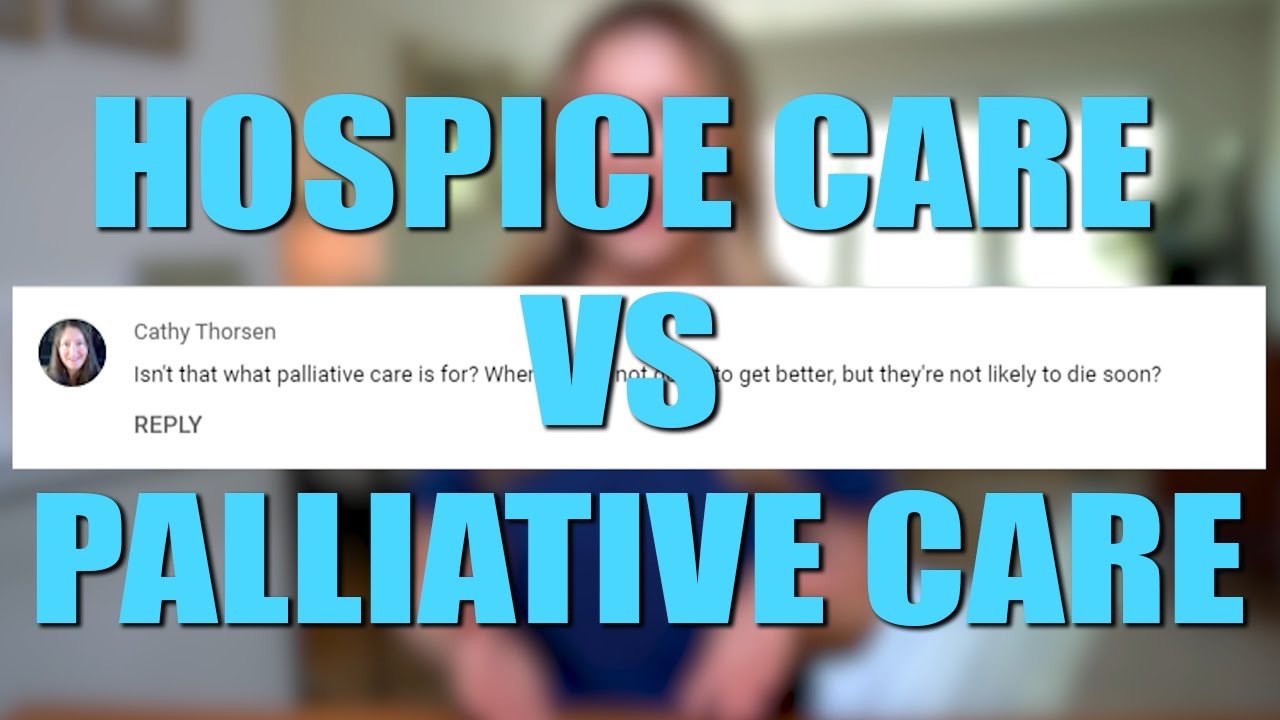Fundamentals: End of Life Care
Summary
TLDRIn this video, Professor D explores the principles and practices of end-of-life care, focusing on the goals of palliative and hospice care. The content emphasizes promoting comfort and improving the quality of life for terminally ill patients, rather than extending life. Key concepts discussed include appropriate interventions, such as allowing patients to indulge in comforts like ice cream, understanding the signs of impending death, and addressing family concerns. The video also covers important topics like active euthanasia, grief, and the treatment of abnormal symptoms, aiming to provide a compassionate approach to terminal care.
Takeaways
- 😀 End-of-life care focuses on comfort, not curing or prolonging life, as the patient is terminal.
- 😀 The goal of palliative and hospice care is to improve the quality of life, not the quantity.
- 😀 Interventions that promote comfort, like allowing a terminally ill patient to have ice cream, align with end-of-life care principles.
- 😀 Administering a flu shot or preventing smoking in terminal patients may not align with the goal of comfort.
- 😀 Signs that death is imminent include cold, mottled extremities, which indicate decreased circulation.
- 😀 Active euthanasia involves intentionally shortening a patient's life, such as stopping antibiotics for a terminally ill patient.
- 😀 Abnormal symptoms in dying patients should be treated if they interfere with the patient's comfort.
- 😀 It's important to let terminal patients decide whether they want to eat, as their nutritional needs decrease in their final days.
- 😀 Indwelling urinary catheters should be considered only when they improve the comfort of the patient, not as a routine intervention.
- 😀 Grief is a personal process and may continue for a long time. It's important to reassure the grieving family member that their feelings are normal.
Q & A
What is the main goal of end-of-life care?
-The main goal of end-of-life care is to focus on comfort and improving the quality of life for terminally ill patients, rather than prolonging their life.
Why is permitting a terminally ill client with diabetes to have a serving of ice cream considered an appropriate intervention?
-Permitting a terminally ill client with diabetes to have a serving of ice cream is appropriate because end-of-life care focuses on promoting comfort and happiness, even if it contradicts usual medical advice like controlling blood sugar.
Why is administering a flu shot not suitable for a terminally ill patient?
-Administering a flu shot is not suitable because it is a painful procedure and end-of-life care focuses on comfort rather than preventing conditions like the flu when the patient is terminal.
What does the presence of cold, mottled extremities indicate in a terminally ill patient?
-Cold, mottled extremities in a terminally ill patient indicate decreased circulation and are a sign that death is imminent.
What is the key difference between passive and active euthanasia?
-Active euthanasia involves intentionally taking steps to shorten a patient's life, such as withholding life-saving treatments, while passive euthanasia involves withholding or withdrawing life-sustaining treatments that allow death to occur naturally.
When should abnormal symptoms in a terminally ill client be treated?
-Abnormal symptoms should be treated when they interfere with the patient's comfort or rest. The focus of end-of-life care is on maintaining comfort.
What is the best response when a family member is concerned about a dying client who refuses to eat?
-The best response is to assure the family that it is normal for terminally ill patients to lose interest in food and that they should not be forced to eat. The patient should be informed that food will be available when they are ready to eat.
Why is it unnecessary to force a terminally ill patient to eat?
-It is unnecessary to force a terminally ill patient to eat because their nutritional needs decrease significantly as they approach the end of life, and forcing them may cause discomfort.
Under what condition should an indwelling urinary catheter be considered for a terminally ill patient?
-An indwelling urinary catheter should be considered when it would make the patient more comfortable, as comfort is the primary goal in end-of-life care.
How should a healthcare provider respond to a patient who is grieving after the death of a loved one?
-A healthcare provider should reassure the grieving patient that their feelings are normal and may continue for a long time, emphasizing that grieving is a personal process and it's okay to experience emotions.
Outlines

This section is available to paid users only. Please upgrade to access this part.
Upgrade NowMindmap

This section is available to paid users only. Please upgrade to access this part.
Upgrade NowKeywords

This section is available to paid users only. Please upgrade to access this part.
Upgrade NowHighlights

This section is available to paid users only. Please upgrade to access this part.
Upgrade NowTranscripts

This section is available to paid users only. Please upgrade to access this part.
Upgrade NowBrowse More Related Video

Hospice, Palliative Care and End of Life Dignity | Laura Hoeksema, MD

Differences between Hospice Care vs Palliative Care

Palliative Care and Hospice Care: What is the difference?

Palliative Performance Scale

What we can do to die well | Timothy Ihrig

What really matters at the end of life | BJ Miller | TED
5.0 / 5 (0 votes)